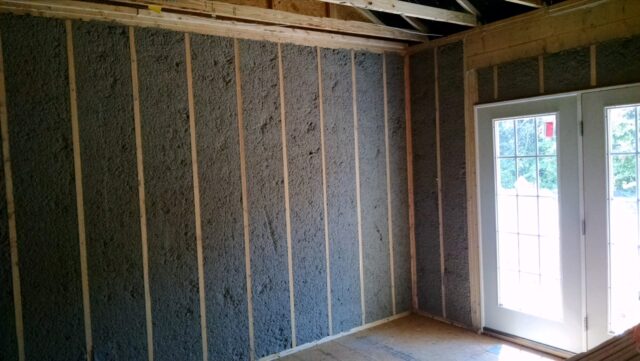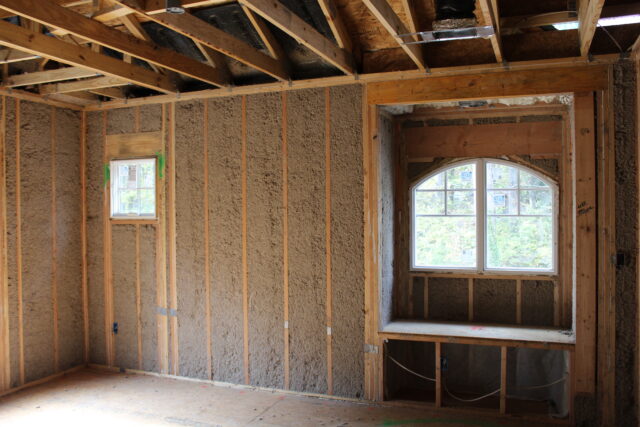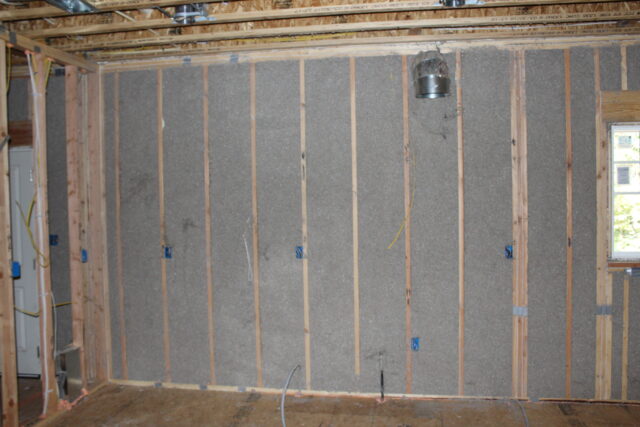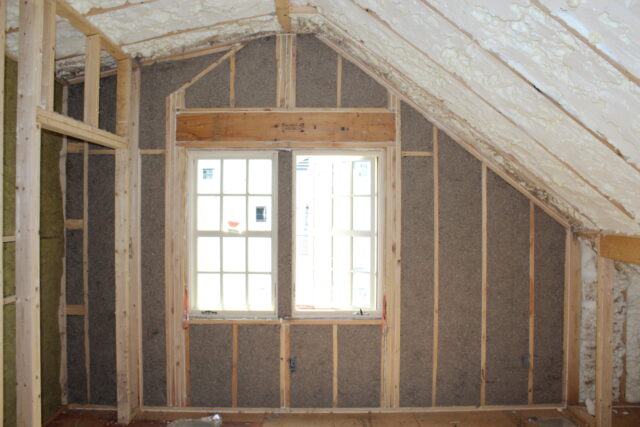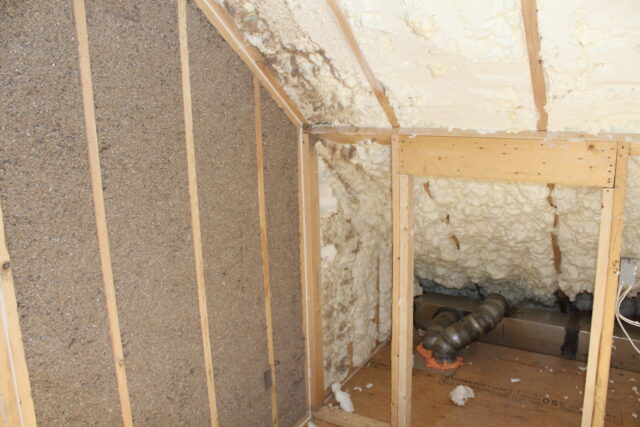Cellulose Insulation Installation Services in Virginia
Cellulose insulation has been used to insulate homes for many years. But what is cellulose insulation? Cellulose is made from recycled newsprint and other recycled paper and treated with nontoxic fire retardants. It is a durable, safe, cost effective solution for a homeowner looking to upgrade their insulation. It can be used in similar applications as blown-in fiberglass. It can be blown into nearly any space including attics where it can be blown over the top of existing insulation. Cellulose can also be dense packed into other closed cavities.
What are the Advantages of Using Cellulose Insulation in My Home?
You may have heard about the growing popularity of cellulose insulation and its many energy saving benefits such as reducing your carbon footprint, lowering your heating and cooling costs, and providing quality sound control. Here are a few more benefits of cellulose insulation and things to know about this effective insulation choice for your Manassas or Winchester home:
- It has a Class 1 flame spread rating and contains active fire-resistance materials to provide durable and excellent fire resistance.
- It is resistant to mold growth and works to dissipate moisture for moisture management.
- It does not contain asbestos or formaldehyde.
- It is ideal for insulating older homes, adding R-value, and filling gaps over existing insulation.
- It is safe to touch and won’t irritate unprotected skin.
- It won’t settle in sidewalls but will settle in attics until it reaches a stable density, similar to other blown insulation. All thermal performance testing is done at the settled thickness.
Cellulose insulation is available in two primary forms: loose-fill and stabilized. Loose-fill cellulose is often used to insulate attics and is dense packed into existing walls. Using stabilized cellulose insulation in walls that are open in new construction projects is common and is used to protect your entire home.
Contact us today at Southland Insulators for more information about cellulose insulation for your Manassas or Winchester home and how it can work for you.
FAQs About Cellulose Insulation
Still have questions about cellulose insulation? We have answers!
Yes, cellulose is made from recycled paper products and provides effective insulation that reduces overall energy consumption in homes and buildings.
Yes, cellulose insulation provides soundproofing benefits. Its dense structure and ability to fill gaps help reduce sound transmission between your walls and floors for a quieter home.
Both are excellent insulators and eco-friendly. Cellulose is made from recycled paper, has a higher R-value per inch than fiberglass, and requires less energy to produce. But it settles overtime, unlike fiberglass.
Yes, it is safe when properly installed. Cellulose insulation is treated with fire retardants and pest deterrents. However, proper protective gear should be used during installation.
Yes! Check out our insulation tax credits page to learn more.
It depends on the size and scope of the project.
If your insulation is damaged or wet it should be removed before adding new insulation.
Cellulose Insulation Gallery
